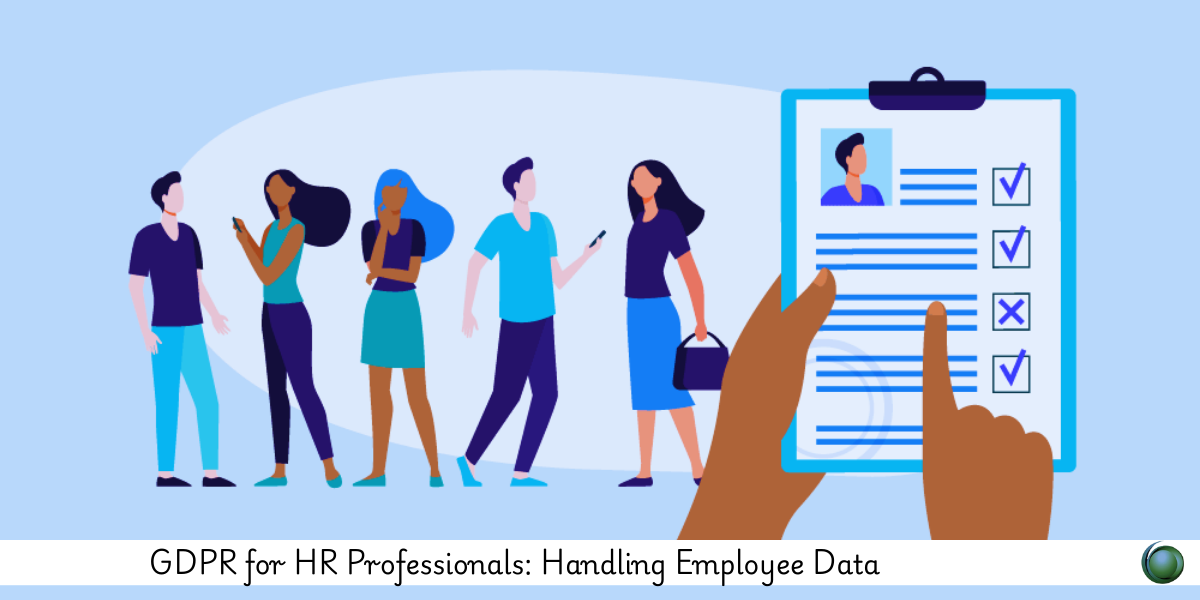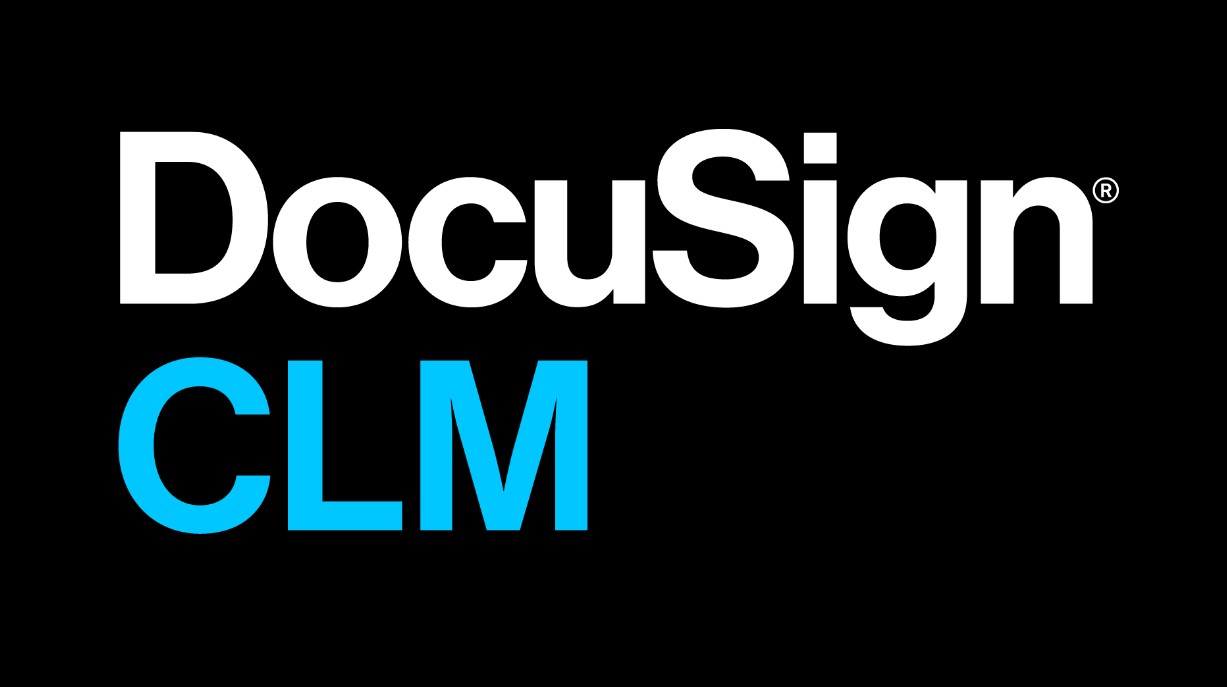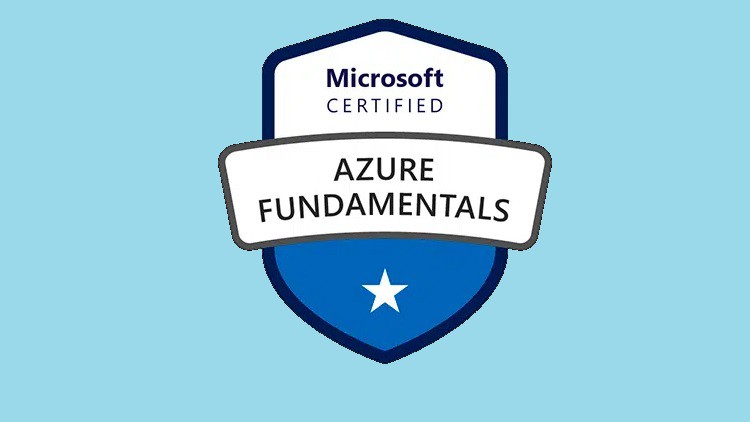Description
Introduction
Human Resources departments process a vast amount of personal and sensitive employee data—making them a critical focus area under the General Data Protection Regulation (GDPR). This course provides HR professionals with practical guidance on collecting, storing, and using employee data in a lawful, ethical, and compliant manner.
Prerequisites
-
Basic understanding of HR functions and employee data types
-
Introductory knowledge of data privacy concepts
-
Familiarity with employment contracts, internal policies, and recordkeeping requirements
Table of Contents
1. GDPR Basics for HR
1.1 Overview of GDPR and Core Principles
1.2 What Counts as Employee Personal Data
1.3 Key Roles: Controller, Processor, and DPO
1.4 HR’s Responsibilities Under GDPR
2. Lawful Basis for Processing Employee Data
2.1 Understanding the Six Legal Bases
2.2 Consent vs. Contractual Necessity
2.3 Processing Special Category Data (e.g., health, diversity)
2.4 Relying on Legitimate Interests in HR
3. Data Collection in the Employee Lifecycle
3.1 Recruitment and Pre-Employment Checks
3.2 Onboarding and Background Screening
3.3 Performance Monitoring and Appraisals
3.4 Exit Interviews and Post-Employment Records
4. Privacy Notices for Employees
4.1 What Should Be Included in an HR Privacy Notice
4.2 Transparency Obligations
4.3 Sharing Data with Third Parties (payroll, benefits, etc.)
4.4 Employee Awareness and Acknowledgement
5. Data Minimization and Retention
5.1 Avoiding Unnecessary Data Collection
5.2 Creating and Applying Retention Schedules
5.3 Archiving vs. Deletion Policies
5.4 Practical Examples: CVs, Disciplinary Records, ID Proofs
6. Employee Rights and HR’s Role
6.1 Right of Access (Subject Access Requests – SARs)
6.2 Correction, Deletion, and Objection Requests
6.3 Handling Sensitive Requests with Care
6.4 Keeping Records of SAR Responses
7. HR Systems, Security & Third Parties
7.1 Secure Handling of Digital and Paper Records
7.2 HRIS, Payroll Software, and Cloud Storage Risks
7.3 Data Sharing with External Vendors (background checks, insurers)
7.4 Role of Data Processing Agreements (DPAs)
8. HR Policies and GDPR Compliance
8.1 Creating a Data Protection Policy for HR
8.2 Updating Employee Handbooks
8.3 Training and Awareness for HR Staff
8.4 Internal Audits and Record-Keeping Requirements
9. Handling Breaches and Complaints
9.1 What to Do When Employee Data is Compromised
9.2 Reporting Obligations and Incident Response
9.3 Common HR Data Breach Scenarios
9.4 Protecting Whistleblowers and Confidentiality
10. Global Considerations in HR Data Management
10.1 GDPR and International Transfers of Employee Data
10.2 Standard Contractual Clauses (SCCs) and HR Vendors Abroad
10.3 Multinational HR Teams and Cross-Border Record Sharing
10.4 Adapting to Local Labor and Privacy Laws
HR professionals must strike a balance between operational needs and employee privacy rights. By embedding GDPR principles into every stage of the employee lifecycle—from hiring to exit—you not only ensure compliance but also build a culture of trust and respect for personal data in the workplace.







Reviews
There are no reviews yet.